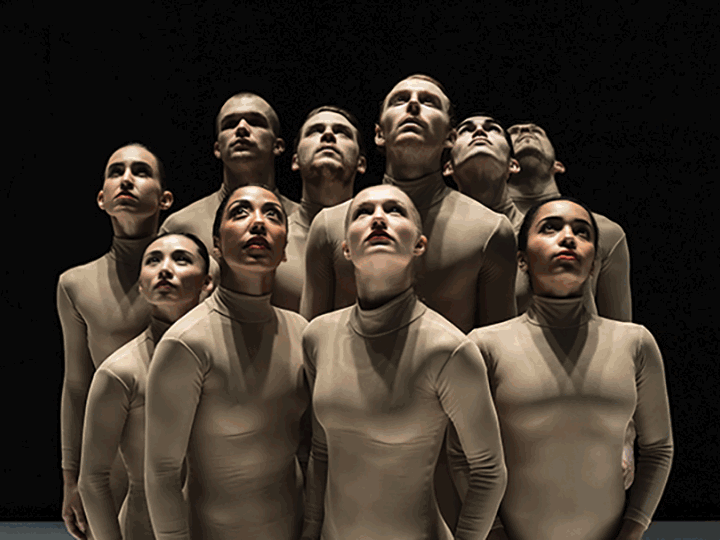Fiddling Around With Revitalized Swedish Tradition : Folk music: The group Palle Nuh will play <i> schottiches </i> and <i> polskas</i> at a concert and dance at Ball Junior High School in Anaheim.
- Share via
Over the course of the past century and a half, the tradition of the Swedish fiddler fell victim to a triumvirate of scourges: piety, industry and modernity. Moralistic institutions decided that dancing was not a good idea. The industrial revolution replaced villages with cities. And phonographs squeezed live regional music out from community functions.
“But the tradition never really disappeared, especially in (the southern province of) Dalarna,” explains Maria Jonsson, one of three Swedish fiddlers who will play a concert and dance Saturday night at Ball Junior High School in Anaheim.
“It just diminished, same as old fiddling in (the United States), until in the 1970s folk music became part of popular as well as older rural culture. Then started spelman samma (folk festivals) where people get together to play and dance. People also began to visit old fiddlers, to learn and to make recordings.”
Saturday, Jonsson, Carina Normansson and Ola Backstrom--the Falun-based group Palle Nuh--will play schottiches , polskas (not to be confused with polkas) and wedding marches from Dalarna. Jonsson also will play tunes from Vasterbotten; Normansson specializes in music from Vastmanland, Halsingland and Uppland, Normansson also sings. Backstrom is among the most-recorded Dalarna fiddlers.
*
The three also will lead fiddling workshops tonight and Saturday in Westminster.
“I first learned to play violin from my sister and in music school, but then from an old man in Skellestea,” continued Jonsson, reached by phone upon the musicians’ arrival in Chicago. “It wasn’t actually lessons. For two or three years, we met and played, and I learned the tunes.”
She then attended Malungsfolkhoskola, a folk music school, where she met her Chicago host, Christine Hammond, also a fiddler. Though more fluent in English, Hammond said it is “almost impossible” to describe what really sets this music apart. But she tried.
“It’s dark a lot of the year (in Sweden), and the mood of the people changes very significantly with the change of light. The music is often in a minor key, mysterious, melancholy--yet the people find good cheer in that. You feel the seasons in the music.”
Others of a more technically analytical bent have described the music as being both drone-like and contrapuntal. The fiddle often is played in first position, such that the open strings lend it a drone quality. (There is, by the way, such a thing as a Swedish bagpipe.) “Spontaneous seconding,” wherein one melody embellishes another, lends the counterpoint. Modality often switches between major and minor, even within the same phrase.
Backstrom talked about the modal tradition.
“Sometimes you talk about a special scale that comes from the herding of cows,” he said. “The grass around the village wasn’t enough, so they spent the summer in the mountain forests. It was (far) between the (herders) and they would communicate with a certain kind of cow song, and play on cow horns. There is violin music that imitates the scale on the cow horn, and that is our oldest music.
*
“If you look at the tonal language, say before 1850, for many people it’s sad. There’s a kind of blue feeling in the older music, and sometimes you use microtones like the blues. We call them blue notes.”
Before 1850? Perhaps the blues came from . . .?
“It’s a nice thought,” Backstrom said with a laugh. “But I don’t think so.”
* A Swedish fiddle concert and dance starts at 8 p.m. Saturday at Ball Junior High School, 1500 Ball Road, Anaheim. $10; children free with adult supervision. (714) 638-1466. Two-hour workshops will be offered tonight at 8 and Saturday at 10 a.m. and 2 p.m. at a Westminster residence. $15. (714) 892-2579.
More to Read
Sign up for The Wild
We’ll help you find the best places to hike, bike and run, as well as the perfect silent spots for meditation and yoga.
You may occasionally receive promotional content from the Los Angeles Times.






